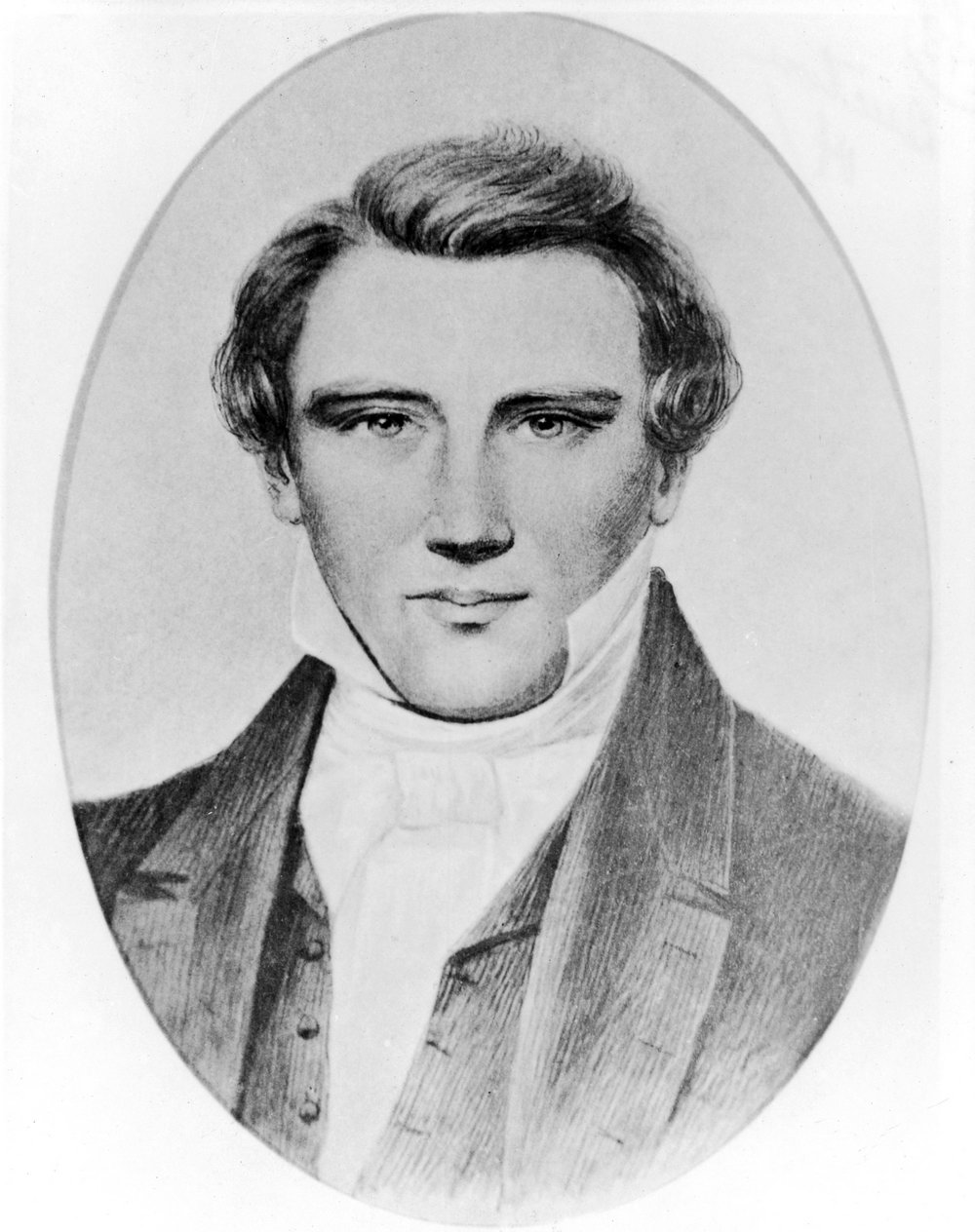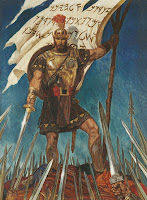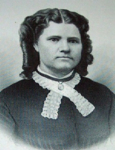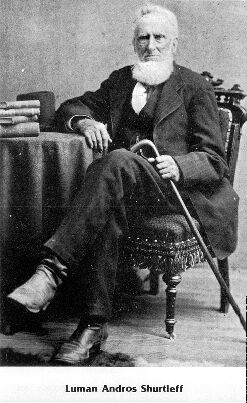Category: SS Lesson – Book of Mormon
-
Nephi and the Garden Tower: A Children’s Play
This week’s Come, Follow Me lesson covers the story of Nephi praying on a tower in his garden, drawing a crowd, and revealing facts about the murder of the chief judge that he could only know through revelation. As I read the lesson, I felt like the story was highly dramatic! So, for my family,…
-
Quotes to accompany your Come Follow Me study – Alma 30-31
This coming week’s Come, Follow Me lesson covers Alma 30-31. Here are a collection of quotes from General Auxiliary Leaders of the Church, that you can use in your family or personal study. Alma 30 The Book of Mormon warns against false teachings. “As you use your agency to carve out time every day to…
-
Can Mercy Rob Justice?
We’re all familiar with Alma 42 and the notion that mercy can’t rob justice. I was reading this today at church and was struck by a context that often doesn’t get mentioned. In the ancient world relationships often determined actions. This meant special treatment for friends and especially relations. In Greek philosophy and plays you…
-
Sacrament Prayers: A Close Reading
A while ago my dad had pointed out some features of the sacrament that somehow I’d missed in all the years I’d been partaking. A few of these were examples of something that’s right before you the whole time yet somehow you still miss. I thought I’d share them with you. We get our sacrament…
-
Literary BMGD #48: My Friends and I
The final lesson for the Book of Mormon Gospel Doctrine class covers Moroni 7-10, the final Book of Mormon prophet’s closing advice to readers, including teachings about faith, hope and charity, the conditions of salvation, spiritual gifts, the role of the Holy Ghost, and how to judge between good and evil. The motivation for this…
-
Literary BMGD #47: While of these emblems we partake
Including the sacrament prayers in Moroni 4, and indeed all the instructions in Moroni 2 through 6, seem almost like an afterthought to the Book of Mormon—kind of like “Oh, yeah, you’ll need to know this stuff too.” And these instructions only make sense if they are written for us today, for Moroni himself is…
-
Literary BMGD #46: Trials and Happiness
I often wonder how Mormon managed to keep it together. He saw his own civilization decaying around him, perhaps while he was in the midst of abridging the record of the Jaredites, summarizing the details of their decline and destruction, which was so similar to his own. Yet despite this, in the final chapters of…
-
Literary BMGD #45: Song of the Exiled Saints
The Book of Ether contains the story of the Jaredites — a story that parallels the overall history told in the Book of Mormon. And, as I’ve observed here before, the story also is somewhat similar to that of the early Saints, who travel to a foreign land at the direction of the Lord, seeking…
-
Literary BMGD #44: The Book of Mormon
As Mormon completes his own record in Mormon chapters 7, 8 and 9, he prophesies about the role that the Nephite records will have in the future, saying that the record will come forth in the latter days, in a day of great wickedness, and urging readers of the book to believe in Christ. This…
-
Literary BMGD #43: Christ’s Ministry to the Nephites, part III
Mormon, the book in the Book of Mormon written by its compiler, is perhaps the most depressing of the book of scripture. It might be subtitled ‘the Decline and Fall of Nephite Civilization.’ And its author was all but hopeless in his assessment. But unlike Gibbon’s perhaps better known description of decline and fall, Mormon…
-
Literary BMGD #42: The Gospel
In the final minutes of his visit with the Nephites (3 Nephi 27), Christ makes clear that the church established for the Nephites must bear his name and teach his gospel. He even specifies elements of his gospel: the atonement and resurrection, the final judgment, repentance, baptism, faith in Jesus Christ, the gift of the…
-

Literary BMGD #41: A Vision
Poetry by Joseph Smith? That is certainly not what Joseph Smith is known for, nor is it often claimed that he was a poet in all the writing and studies made about him. [Orson F. Whitney is the exception that comes to mind.] But the following poem, when published in 1843, carried his byline when…
-
Literary BMGD #40: The Gathering
Gospel Doctrine lesson 40 for the Book of Mormon talks about a subject that isn’t explored as often in Mormonism today: The Gathering. In Joseph Smith’s day it not only mean the gathering, literal and spiritual, of the House of Israel, but it also meant the gathering of Mormon converts to the ‘center place’ of…
-
Literary BMGD #39: Phelps’ The Lord’s Prayer
In the middle of his visit to the Nephites, Christ leaves the people for the night and then returns the following day (as recounted in 3 Nephi 17-19). Before he leaves, and then again after he returns the next day, Christ teaches the Nephites about prayer, and provides them with examples of prayers—one of which…
-
Literary BMGD #38: Christ’s Ministry to the Nephites, part 2
Following the destruction that accompanied Christ’s crucifixion, the Nephites and Lamanites didn’t see relief, or light, until his resurrection and visit to the Americas. This story, found in 3 Nephi 11, is the culmination of the Book of Mormon narrative, the central meaning of the book. His arrival is also the central point of Parley…
-
Literary BMGD #37: Christ’s Ministry to the Nephites, part 1
During the crucifixion of Christ as portrayed in 3rd Nephi, the devastation seems like it is beyond our understanding. Certainly the descriptions portray devastation on a level that no one today has experienced. The very earth reacts to the death of the Savior, and continues that reaction, apparently until his resurrection on the third day.…
-
Literary BMGD #36: Who Watched in Faith
With the beginning of what we Mormons can call the fifth gospel, the Book of Mormon begins the story of Christ’s birth, life, death and visit to the Americas, all from the perspective of the people’s there. And the initial story in 3rd Nephi is quite different from those in the New Testament. Here we…
-
Literary BMGD #35: The Savior is Coming
Spiritual history is replete with types and shadows. The similarities that appear between events in widely-separated places and times lead to the conclusion that the Lord is trying to point out some truth to us, something we need to understand. I see a kind of repetition in this week’s Gospel Doctrine lesson, in which Samuel…
-
Literary BMGD #34: On Home
Chapters 6 to 12 of Helaman highlight what Mormons have come to call the “pride cycle” — the cycle from righteousness and prosperity to pride and wickedness to suffering and to humility and repentance, leading back to righteousness and prosperity. Its a fascinating concept, one that I’m afraid we use too often to describe the…
-
Literary BMGD #33: The Epitaph
The corruption and internal strife in the initial chapters of Helaman are marked by the rise of secret combinations among the Nephites and Gadianton’s rule over the band eventually known as Gadianton’s Robbers. While I think our society today is far from the level of corruption seen then, we certainly deal with similar corruption to…
-
Literary BMGD #32: The Hero’s Reward and Death of Teancum
The story of Helaman’s 2060 stripling warriors (the subject of Sunday School lesson #33) is another of the most cited and, I assume, the more beloved among young men and boys. However, the main idea broached in the lesson, that these young men were righteous and obeyed “every word of command with exactness,” could easily…
-

Literary BMGD #31: Ode for the Fourth Day of July and Columbia—My Country
The 10 chapters in this week’s Sunday School lesson (#31) are among the most exciting in the Book of Mormon—at least if you are a 10-year-old boy. They tell the story of Captain Moroni, the battles he fought for freedom, and his “Title of Liberty.” Of course, even for adults they are important chapters, detailing…
-

Literary BMGD #30: The Saddest Death
As Alma talks with his son Corianton in Alma 40-42, he realizes that Corianton does not understand some basic elements of the Plan of Salvation. From what Alma teaches him, we can surmise that Corianton doesn’t understand that all will be resurrected, that each person will be resurrected according to their words in this life…
-
Literary BMGD #29: Two poems — Oh taste not of the cup; Be Slow to Condemn
Alma 36 to 39 contain Alma’s advice to his three sons, Helaman, Shiblon and Corianton, which led me to the idea of parental advice—something that usually accumulates bit by bit over years rather than all in one block as Alma seems to have done with his sons. Of this advice, perhaps the most famous, especially…
-
Literary BMGD #28: Lines written for Lydia Snow
Today Alma’s discourse on the development of faith in Alma 32 is well known among Mormons and widely referred to on almost any discussion of faith. The “nourishing” of seeds and plants is, of course, common in poetry — its the comparison of seeds and growth with faith or the word that is important to…
-
Literary BMGD #27: Psalm LII
The chief character in Alma 30, the first of the two chapters in lesson 27, is Korihor, the anti-Christ, who preaches, among other things, the contradictory ideas that there will be no Christ and that the future can’t be known. By the end of the chapter Korihor has begged for a sign and been struck…
-
Literary BMGD #26: War
The Anti-Nephi-Lehies, the focus of Book of Mormon lesson #26, have to be the most unusual group in the Book of Mormon. Their choice of pacifism is unequaled in scripture, except possibly by the people of Enoch. While the lesson concentrates on their conversion and how that led them to turn to pacifism, I think…
-
Literary BMGD #25: To Elder L. Snow
Among the most beloved figures in the Book of Mormon are the four sons of Mosiah, who, after their conversion, take leave of their native land and homes and serve missions among the Lamanites. Where missionaries today serve for just a couple of years or less, the sons of Mosiah served a total of 14…
-

Literary BMGD #24: Why Should the Christian Sigh
One of the most stunning acts of persecution in the scriptures has to be the attack on the believers in Ammonihah described in Alma 14. Those who have heeded the words of Alma and Amulek, men, women and children, are taken by the mob, bound and cast into fire, along with their scriptures while Alma…
